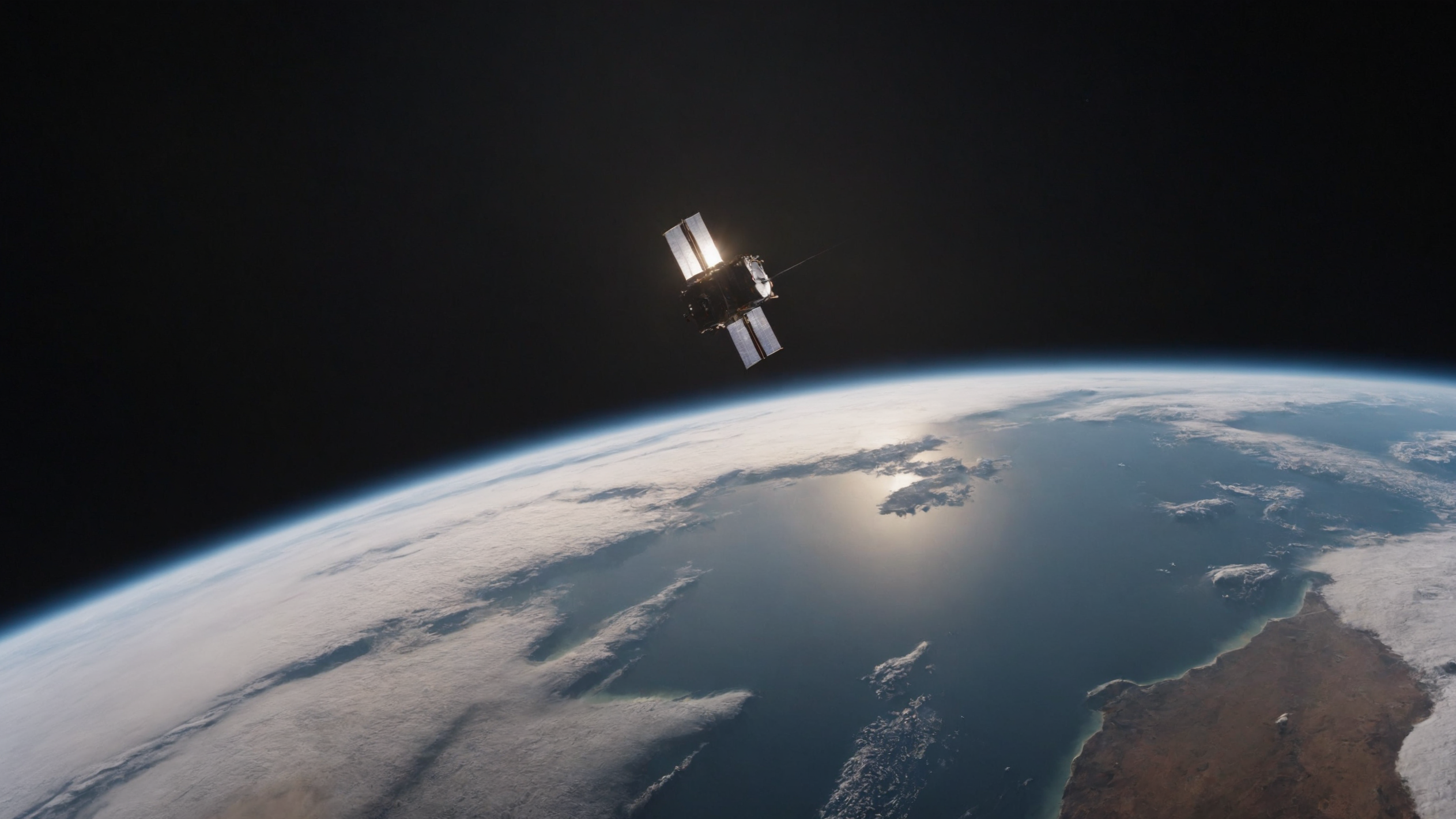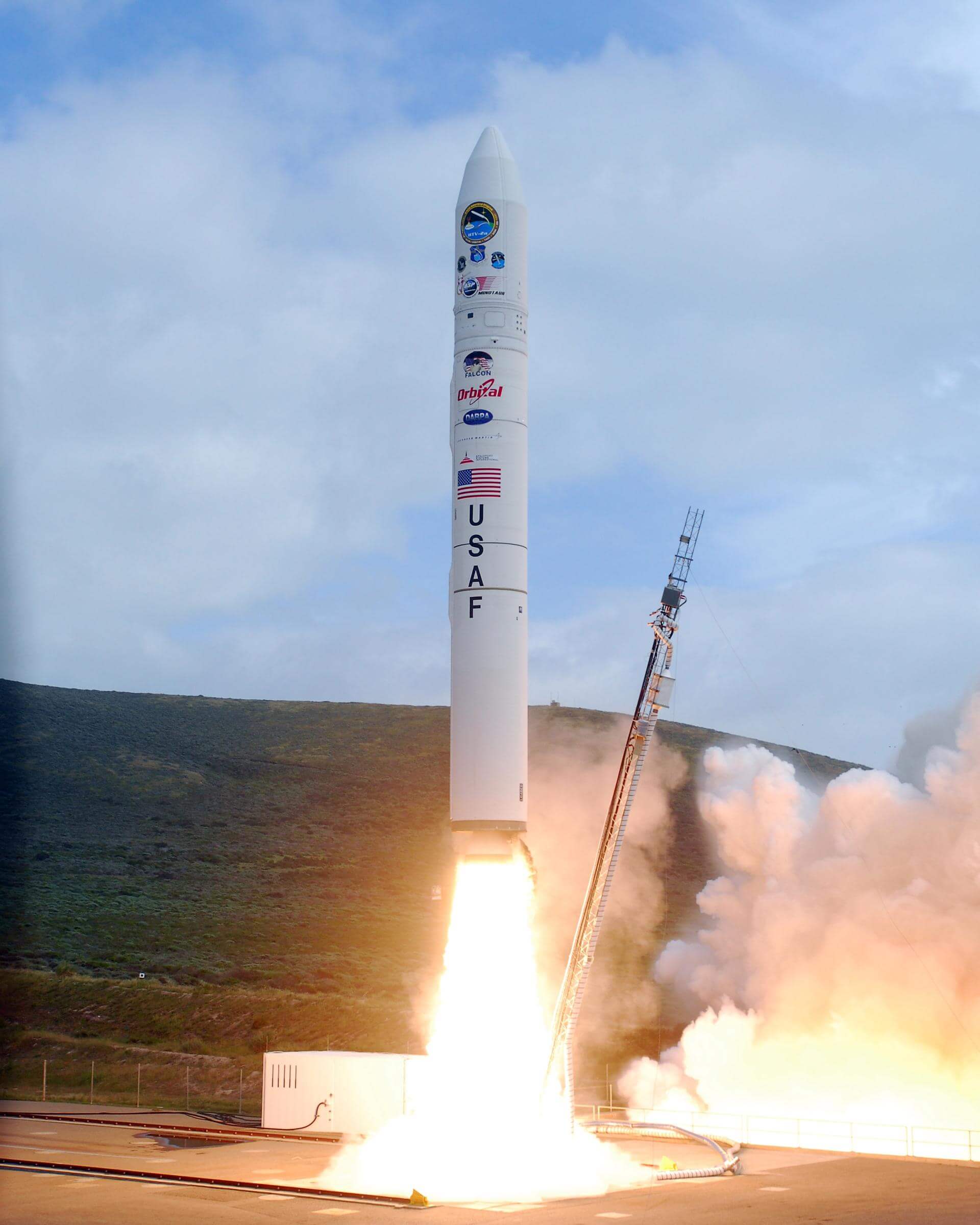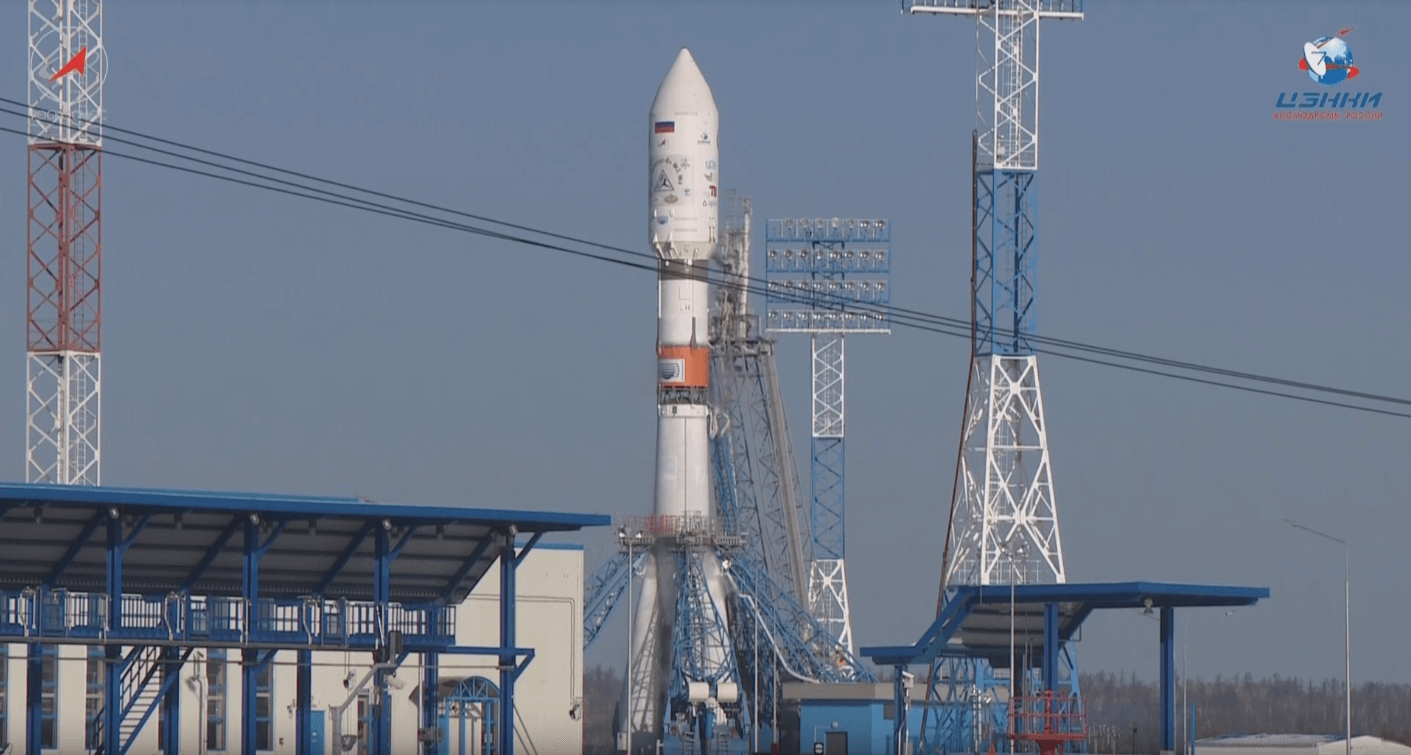· space brief · 5 min read
Space Brief 13 Nov 2024
Today's focus spans critical developments in military space initiatives, strategic policy shifts, and modest steps in semiconductor advancements. Key developments include Rocket Lab's new U.S. Air Force contract, Sierra Space's progress in satellite programs, and potential policy changes under Trump's leadership.

📄Top Stories
Today’s highlights include Rocket Lab securing a pivotal U.S. Air Force contract, Sierra Space passing a crucial design review for military satellites, and the Pentagon’s latest investments in semiconductor production. As Donald Trump prepares for potential re-election, significant shifts in space and defense policies could emerge, affecting various military and industrial sectors.
📰Detailed Coverage
Rocket Lab Secures $8 Million Contract with U.S. Air Force
Rocket Lab has been awarded an $8 million contract by the U.S. Air Force, aimed at enhancing digital engineering capabilities for its next-generation Archimedes rocket engine. This contract reinforces Rocket Lab’s strategic positioning in the defense sector, emphasizing innovation in propulsion technology that could benefit future U.S. military missions.
Technical advancements in the Archimedes engine are expected to contribute to more efficient and versatile launch capabilities. This development is another step forward for Rocket Lab, highlighting its role in advancing strategic space capabilities crucial for satellite deployment and space exploration.
Read the full story: SpaceNews
Sierra Space Clears Military Satellite Design Review
Sierra Space has successfully completed a design review for a military satellite program funded by a $740 million contract from the Space Development Agency. The project involves developing 18 satellites dedicated to missile warning and tracking, aiming to enhance the United States’ national security infrastructure.
This milestone sets the stage for the manufacturing phase, marking a significant achievement in the deployment of a resilient space-based missile defense system. As expectations around timely deliveries grow, Sierra Space’s progress highlights the importance of innovation and reliability in military satellite technology.
Read the full story: SpaceNews
Strategic Policy Shifts Anticipated with Potential Trump Re-election
As Donald Trump stands on the verge of a second presidential term, the space and defense sectors are bracing for possible strategic policy shifts. Analysts predict increases in defense spending due to expected Republican dominance in Congress, potentially reshaping how America approaches national security and space initiatives.
A return to Trump’s previous space policies could focus on further empowering military capabilities in space, altering the landscape of satellite technology deployment and emphasizing the strategic importance of outer space as a domain for national defense.
Read the full story: SpaceNews
Pentagon Quietly Allocates $1 Billion for Inflation Relief
In response to rising inflation, the Pentagon has quietly allocated $1.05 billion for immediate distribution to defense contractors, targeting vital military infrastructure and technological initiatives. This funding has been selectively dispersed to optimize industry performance amid economic pressures.
This allocation sheds light on behind-the-scenes financial strategies employed by the Department of Defense to maintain its edge in technological and strategic arenas, ensuring the uninterrupted development of defense-related satellite applications.
Read the full story: Breaking Defense
Semiconductor Boost Via Pentagon’s $160 Million CHIPS Act Investment
The Pentagon has announced an additional $160 million investment under the CHIPS Act to enhance domestic semiconductor manufacturing capabilities. This funding primarily targets the establishment of eight Microelectronic Common hubs across the United States, crucial for strategic technological independence.
Such investments are pivotal for sustaining the U.S. military’s technological edge, as semiconductors are integral to satellites and other defense systems. This initiative underscores the commitment to securing critical supply chains and bolstering national security infrastructures.
Read the full story: Breaking Defense
🛰️Satellite Spotlight
- Satellite Name: YAOGAN 19
- NORAD ID: 39410
- Launch Date: 2013-11-20
- Mission: Optical imaging satellites with medium resolution (3 to 10 m) capabilities
- Orbit: Inclination 100.0541°, Period 109.46 minutes, Eccentricity
- Operator: Strategic Support Troops
- Fun Fact: YAOGAN 19 is part of a series of Chinese satellites known for their high-resolution imaging capabilities, utilized in both civilian and military applications for Earth observation.
Current TLE Data:
1 39410U 13065A 24317.15338368 .00000051 00000-0 24691-3 0 99997
2 39410 100.0541 310.3880 0009361 353.6740 6.4254 13.15543003527145Track this satellite in real-time on our web app: Track YAOGAN 19
🚀 Upcoming Space Launches
November 13
- China Aerospace Science and Technology Corporation Long March 4C:
- Unknown Payload from Taiyuan Satellite Launch Center, People’s Republic of China (22:34 UTC)
November 14
-
SpaceX Falcon 9 Block 5:
- Starlink Group 9-11 from Vandenberg SFB, CA, USA (04:21 UTC) A batch of 20 satellites for the Starlink mega-constellation - SpaceX’s project for space-based Internet communication system.
-
SpaceX Falcon 9 Block 5:
- Starlink Group 6-68 from Cape Canaveral SFS, FL, USA (10:33 UTC) A batch of 24 satellites for the Starlink mega-constellation - SpaceX’s project for space-based Internet communication system.
November 15
- China Aerospace Science and Technology Corporation Long March 7:
- Tianzhou-8 from Wenchang Space Launch Site, People’s Republic of China (15:03 UTC) Seventh cargo delivery mission to the Chinese space station.
November 17
- SpaceX Falcon 9 Block 5:
- Optus-X from Kennedy Space Center, FL, USA (21:29 UTC) An unannounced geostationary communication satellite built by Northrop Grumman for the Australian telecommunications operator Optus.
November 18
-
SpaceX Falcon 9 Block 5:
- GSAT-20 from Cape Canaveral SFS, FL, USA (18:30 UTC) GSAT-20 is an Indian geostationary Ka-band high-throughput communications satellite, featuring the first fully Electric Propulsion technology.
-
SpaceX Starship:
- Integrated Flight Test 6 from SpaceX Starbase, TX, USA (22:00 UTC) Sixth test flight of the two-stage Starship launch vehicle.
November 21
-
Russian Federal Space Agency (ROSCOSMOS) Soyuz 2.1a:
- Progress MS-29 (90P) from Baikonur Cosmodrome, Republic of Kazakhstan (12:22 UTC) Progress resupply mission to the International Space Station.
-
SpaceX Falcon 9 Block 5:
- Starlink Group 6-66 from Cape Canaveral SFS, FL, USA (15:53 UTC) A batch of satellites for the Starlink mega-constellation - SpaceX’s project for space-based Internet communication system.
November 23
- Rocket Lab Electron:
- Ice AIS Baby (Kinéis 11-15) from Rocket Lab Launch Complex 1, Mahia Peninsula, New Zealand (02:49 UTC) Third batch of five satellites for the French Kinéis IoT constellation, designed to operate with 25 nanosatellites.
Note: Launch dates and times are subject to change due to technical or weather considerations.

Maurice Stellarski





